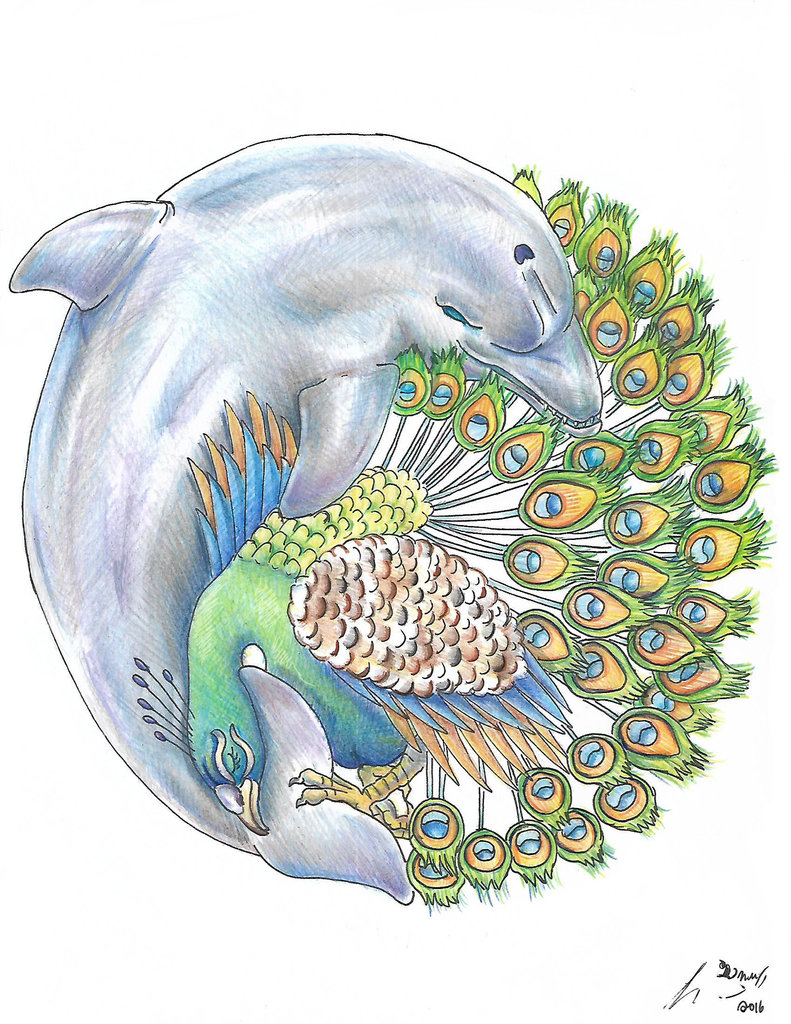“Children of Blood and Bone” is an interesting study of themes that is dragged down by odd storytelling decisions and a bloated length.
It’s at its best when it is using its themes. The idea of slavery and oppression go hand-in-hand with this world’s characters, creating a deep perspective on the matter. The narrative is riveting when it is subtly exploring the lasting trauma and repercussions of its themes. I really appreciated how Tomi Adeyemi even touches on what would happen if the oppressed gained power and the darkness could follow. The navigation of themes is holistic and feels like a natural extension of the world.
What really sells the themes is how hate, fear, and oppression effect every character and their psyche. All the main characters have had different experiences and reactions to the harsh world they live in and it helps the reader see how deeply oppression can affect culture. From Zélie’s rage to Inan’s blindly following his father, their positions seem organic and help the reader come to their own conclusions about the relation of the themes to history and the modern day. Even the king, who is the cause of much bigotry and violence, has been touched by the fear oppression causes. His hate stems from his family being killed by those he now oppresses when they were in power. This shows in a detailed manner how the cycle of fear and hate that racism creates is propagated. However, beyond their use to embody themes, the characters fall a little flat. The author makes use of good motivation and backstory, but they often feel one-note. Zélie’s, who is a wonderful mix of blind anger caused by years of pain and the YA hero, feels underutilized. I think this results from how the author chose to tell the story more than from the characters.
What lessens the impact of this book is its length and the storytelling. While the writing is solid almost nothing happens for long stretches. The book contains a lot of talking and shifting points of view within a scene. When the plot arrives, the book is engaging and thoughtful but most of the issues could have been solved by cutting out one of the points of view. While the perspective helps the theme, it kills the pacing. The depth provided by 3 perspectives could have been done with 2. As it stands, it is confusing and only makes these sections, most of which happen during a fight or an important moment, curdle.
The general set-up is good, though somewhat typical of young adult novels. There is a lot that could be done with African myths to inform the fantasy genre. But the world building is also stifled here, at least in this first book. The magic system is bare bones. Beyond “people can have different types of magic” there is nothing else to it. The story follows suite. If you’ve read YA adventure before you may predict what happens. Though this story is darker than most with its brutal depictions of slavery and deaths. This is probably not for younger readers. The brutality and themes is about the only divergence from the normal “save the world plot.” And I wish more time had been devoted to exploring the world and culture.
“Children of Blood and Bone” is a mixed bag. It is far too long in my opinion, but the good parts are very good even if it is not as good at other times. The exploration of theme and the consequences of that theme are much closer to literary fiction. It does a great job showing vs telling you how to feel about the terrible racism within the country of Orïsha. The world building might have been taken further. If you’re interested in revisiting these themes, it is a fairly interesting look at how racism destroys both the oppressor and the oppressed.



Leave a comment